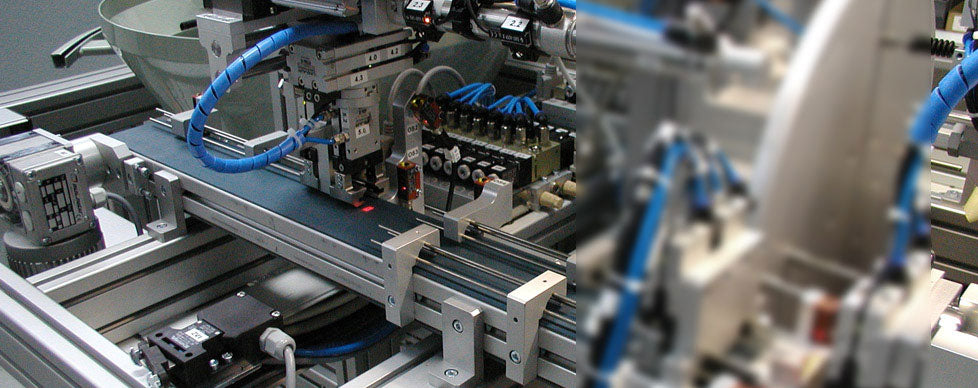Pneumatics as a Department of Mechanical Automation deals with both the development and use of devices powered and controlled by compressed air energy. Therefore, it is considered one of the best ways to systematize production processes and much more. In today's article we describe the advantages and disadvantages of pneumatics.
Compressed air at working pressure is most commonly used for industrial applications from 3 to 10 bars . Significantly lower pressures are used to control valves pneumatically 0.2 to 0.5 bar . More about pneumatic pressure here.
Compared to other technological solutions, pneumatics are characterized by a high cost-benefit ratio and positive effects on the environment.
The use of pneumatics is versatile and quite universal. It is generally used in all industries and, for example, in medicine (hospitals, dental offices).
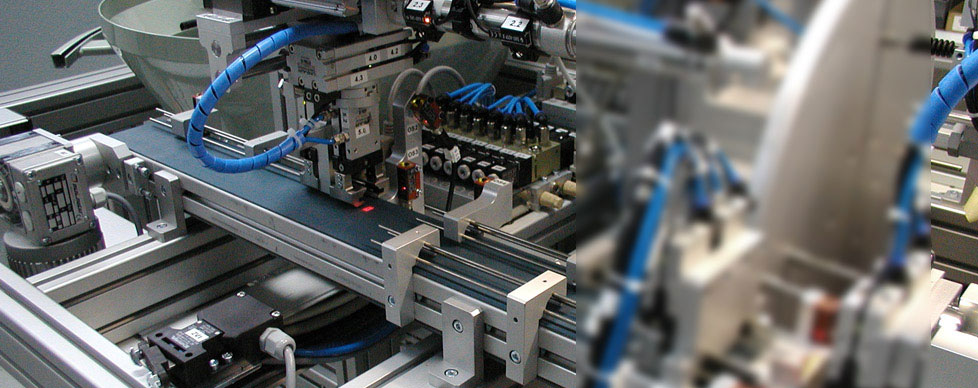
This is not surprising because, unlike power tools, these are not only more effective pneumatic devices but also ensure greater safety during use.
We also frequently use pneumatics in our everyday life, e.g. B. when inflating bicycle or car tires, a game ball or a mattress.
Pneumatics was also used in… Furniture manufacturing. In modern cabinets, classic hinges are replaced by special pneumatic systems that make it easier to open and close the doors – without the knocking effect.
Pneumatics is the energy source of compressed air .
Like every form of energy, it has its own advantages and disadvantages . Pneumatics should be compared mainly with Hydraulics With electric motors but also mechanical devices .
The advantages and disadvantages arise from the physical properties of the air, with air density at sea level being around 1.2 kg/m3.
Air consists of:
- Nitrogen approx.
- Oxygen approx. 21%
- other gases such as argon, carbon dioxide, neon, helium, methane, krypton
- steam
In addition, atmospheric air also contains physical and chemical solid pollutants in the form of dust, smoke, pollen, hydrocarbons and oxides produced during the combustion process and other residues from human industrial activity.
Advantages of pneumatics
The most important advantages of pneumatics include:
● Compressed air is clear (not harmful to the environment) and insensitive to temperature fluctuations. Leaks do not pose a risk to the environment.
If there is a risk of explosion, compressed air can be used.
They can be used safely outdoors or in humid environments.
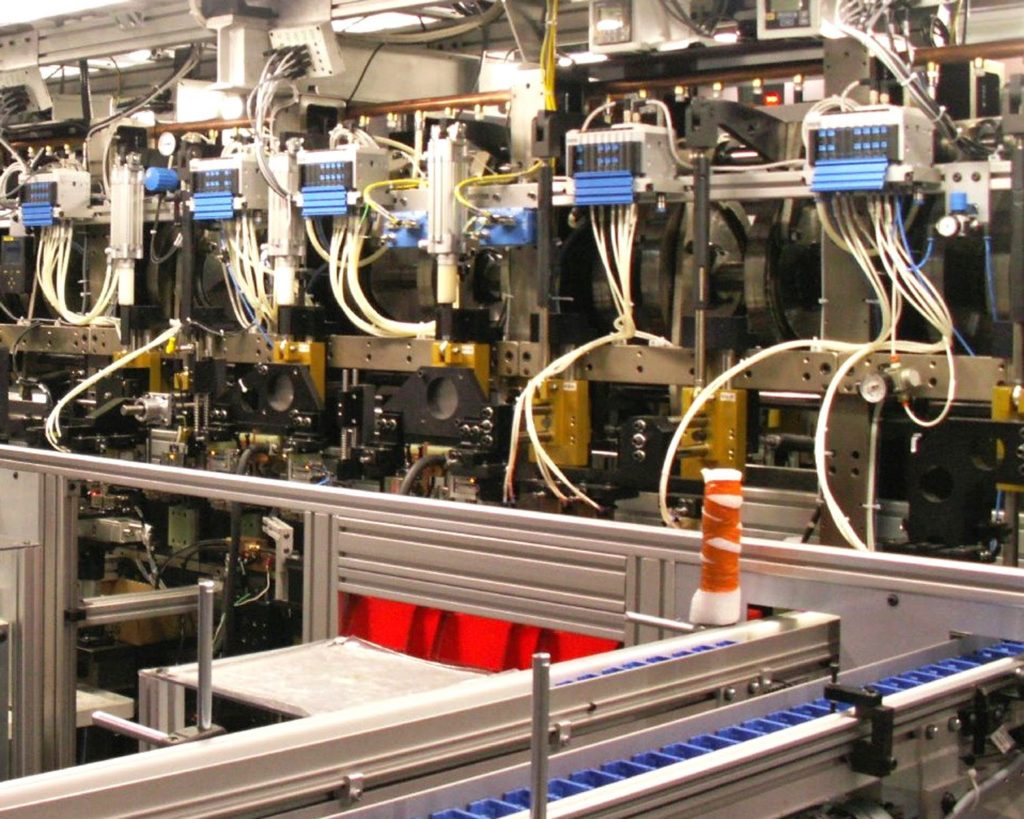
● Pneumatic system components They are easy to build , cheap and permanently .
They are much lighter than comparable power tools.
Pneumatic drives with operating parameters similar to electrical ones are characterized by significantly lower weight and therefore higher performance per 1 kg of device weight.
In short, you can put it this way: an electric motor with the same power as a pneumatic motor will simply be bigger and heavier.
● Compressed air You can do this very well by saving in pressure vessels, which are essentially energy storage devices.
This means that the compressor does not need to run constantly.
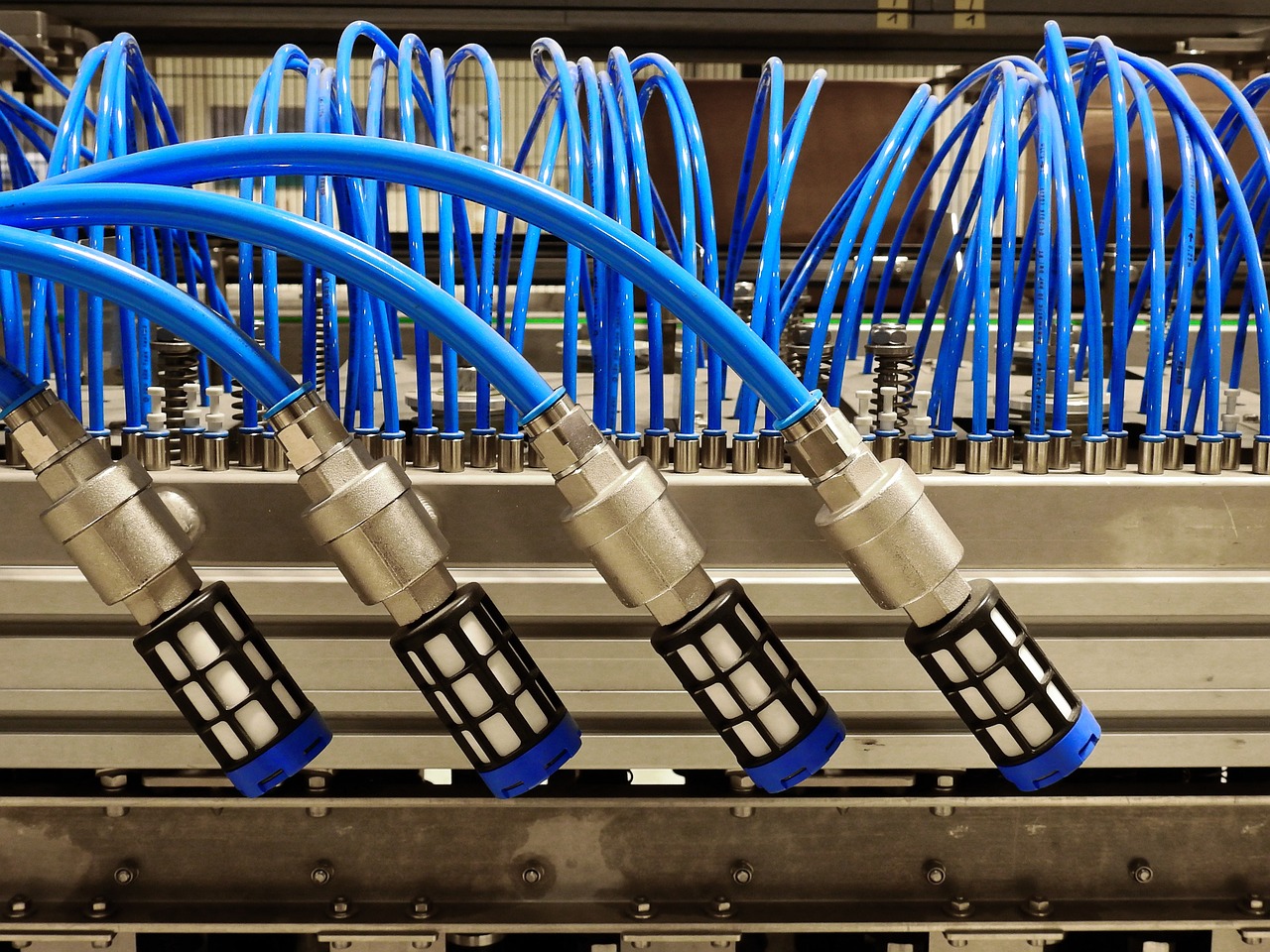
In the event of a power failure, the stored air can reliably terminate the already started work cycle.
Compressed air can also be transported in bottles.
● Wide availability of this working medium – atmospheric air is available everywhere and at the same time is easily accessible and can be immediately compressed and become a source of energy.
Because return air can be released into the environment, many applications do not require a return air line.
● It is easy to obtain compressed air as an energy carrier at a certain pressure by compressing it with various types of compressors and compressors (more about types of compressors here). .
● Tubes can transport compressed air over long distances. This allows compressed air to be generated centrally.
● Compressed air is an ecologically clean medium and its resources are practically inexhaustible .
● Due to the physical properties of air, i.e. compressibility, this function is used Vibration damping technology .
● Compressed air has low resistance to flow and low viscosity, which makes it possible to design equipment Ah, very high linear speeds .
These units can be loaded until they stop without the negative consequences of overloading.
● Pneumatic devices also have the advantage that their working speed (extension time for actuators and speed for motors) can be continuously adjusted by changing the working pressure or corresponding throttling at the output of the actuator or motor.
For electric motors, we need to use inverters to control the speed.
● Pneumatic devices have another advantage over electrical devices, namely a high starting torque and a high resistance to overload, which means that e.g. B. a heavily loaded pneumatic motor does not move or does not reach the proper speed and this has no consequences and the heavily loaded electric motor is likely to be damaged by too high a current flowing through its windings.
You may be interested in: What is a pneumatic system?
Pneumatic defects
Of course, in addition to the advantages, pneumatics also has some disadvantages, the most important of which are listed below:
● Compressed air is a relatively expensive source of energy .
This makes it necessary to eliminate all leaks and leaks.
In the compression process a lot of heat is generated which generally cannot be used.
Although this is possible with screw compressors, they can be used to heat spaces or domestic hot water.
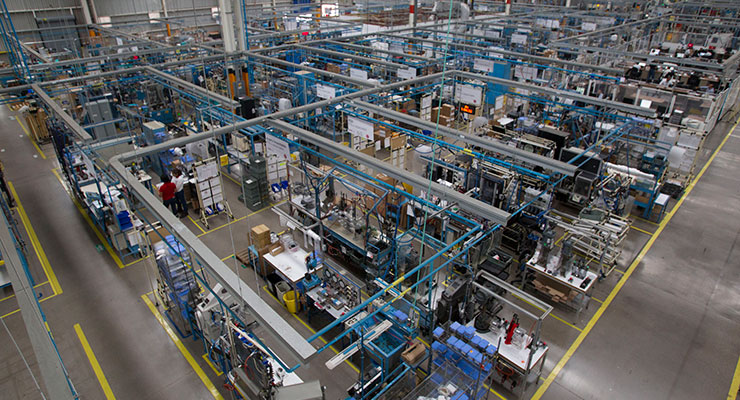
● The release of compressed air into the atmosphere is accompanied by a strong acoustic effect, i.e. noise.
These inconveniences can be reduced by using so-called silencers.
● The forces and torques generated by actuators (more about the structure of a pneumatic actuator here) and drives are relatively low compared to power hydraulic systems, for example.
● Compressed air, which is 2,000 times more compressible than, for example, hydraulic oil, causes significant problems when positioning actuators and moving them simultaneously.
● If the compressor compresses the air and then expands it, water will precipitate, which is unfavorable for the installation and pneumatic receivers.
With oil compressors, additional oil comes from the lubrication system.
It forms a mixture with water called condensate, which is very aggressive and harmful to pneumatic components and the compressor tank itself.
● Compressed air cannot be used directly as a medium.
It must go through a process called treatment, that is, filtration (you can find out more about the elements used in this process here) to remove solid particles and water with oils (hence the so-called condensate).
The pressure must then be reduced to the appropriate working pressure and, in many cases, to so-called oil mist.
This requires appropriate devices, so-called air treatment plants, and sometimes additional filters or separators, which entail additional costs.
To summarize the advantages and disadvantages of pneumatics: There are definitely more advantages. This is why we like to use compressed air as a power source.
However, we must always take into account the disadvantages of wide pneumatics to make the most of them.

